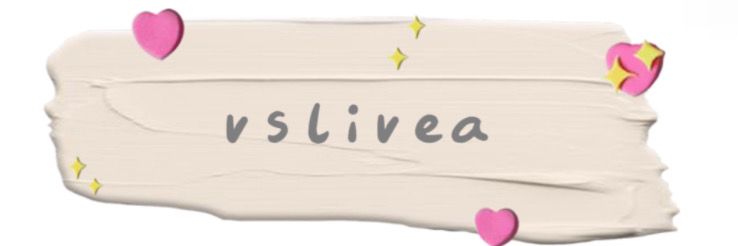10 Questions You Should Know about Eco-Friendly Disposable Cutlery
Goto sontex to know more.
10 Questions You Should Know about Eco-Friendly Disposable Cutlery include: their environmental impact, material used, biodegradability, consumer choices, cost comparison, functionalities, safety, brand reliability, recycling options, and global trends.
Understanding the Environmental Impact
Eco-friendly disposable cutlery is designed to minimize waste and reduce reliance on traditional plastic utensils, which can take centuries to decompose. The urgency to address plastic pollution has led to increased awareness about sustainable alternatives. The production and disposal of biodegradable products have a significantly lower carbon footprint, providing a tangible solution to combat environmental degradation.
Materials Matter
Most eco-friendly cutlery is made from materials like bamboo, corn starch, or sugarcane. These materials are renewable and can be composted after use, which means they return to the earth without leaving harmful residues. Understanding the origin of these materials is crucial for consumers who want to make informed choices that benefit the environment.
Consumer Choices and Cost Comparison
The growing demand for eco-friendly solutions has led to various options in the market. Consumers increasingly seek out sustainable alternatives, driving competition and bringing prices down. Many may initially find these products pricier than plastic options, but when considering the environmental costs associated with plastic, eco-friendly cutlery often proves to be a more economical choice in the long run.
Functionality and Safety
There's a common misconception that eco-friendly cutlery sacrifices quality for sustainability. However, modern innovations have led to products that are both durable and safe for food use. Many eco-friendly utensils can handle hot and cold items effectively, dispelling myths about their ineffectiveness compared to traditional plastic cutlery.
Further reading:Top Trends in Custom Disposable Cutlery for Events
Brand Reliability and Recycling Options
Caring for Faux Fur Blankets and Rugs
The Ultimate Guide to Faux Fur Pillows: Style, Comfort, and Luxury
Are Limestone Tiles Durable?
When opting for eco-friendly disposable cutlery, researching the brand's commitment to sustainability is essential. Many brands engage in transparent practices, showcasing their eco-friendly certifications and sustainability initiatives. While most biodegradable cutlery is intended for compost, some products can also be recycled. Consumers should familiarize themselves with local recycling guidelines to ensure proper disposal.
Global Trends towards Sustainability
The shift towards eco-friendly disposable cutlery reflects a broader, global trend toward sustainability. Governments and municipalities are enacting bans on single-use plastics, prompting businesses to adopt greener practices. This collective effort not only raises awareness but drives innovation in the eco-friendly product market, fostering a culture that prioritizes long-term ecological health.
Conclusion
In conclusion, understanding the nuances behind eco-friendly disposable cutlery is essential for making informed decisions that positively impact our planet. As consumers, our choices send a powerful message about the direction we want to take regarding sustainability. By opting for environmentally responsible products, we contribute to a cleaner, healthier world.
For more disposable cutlery custominformation, please contact us. We will provide professional answers.
- Previous: Top Trends in Custom Disposable Cutlery for Events
- Next: None
- 0

